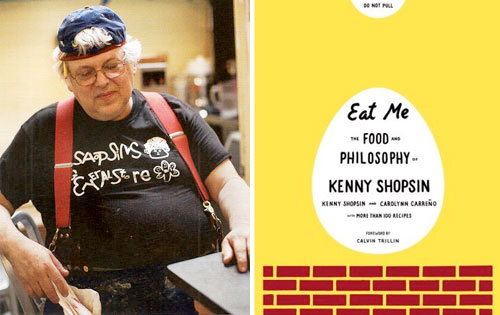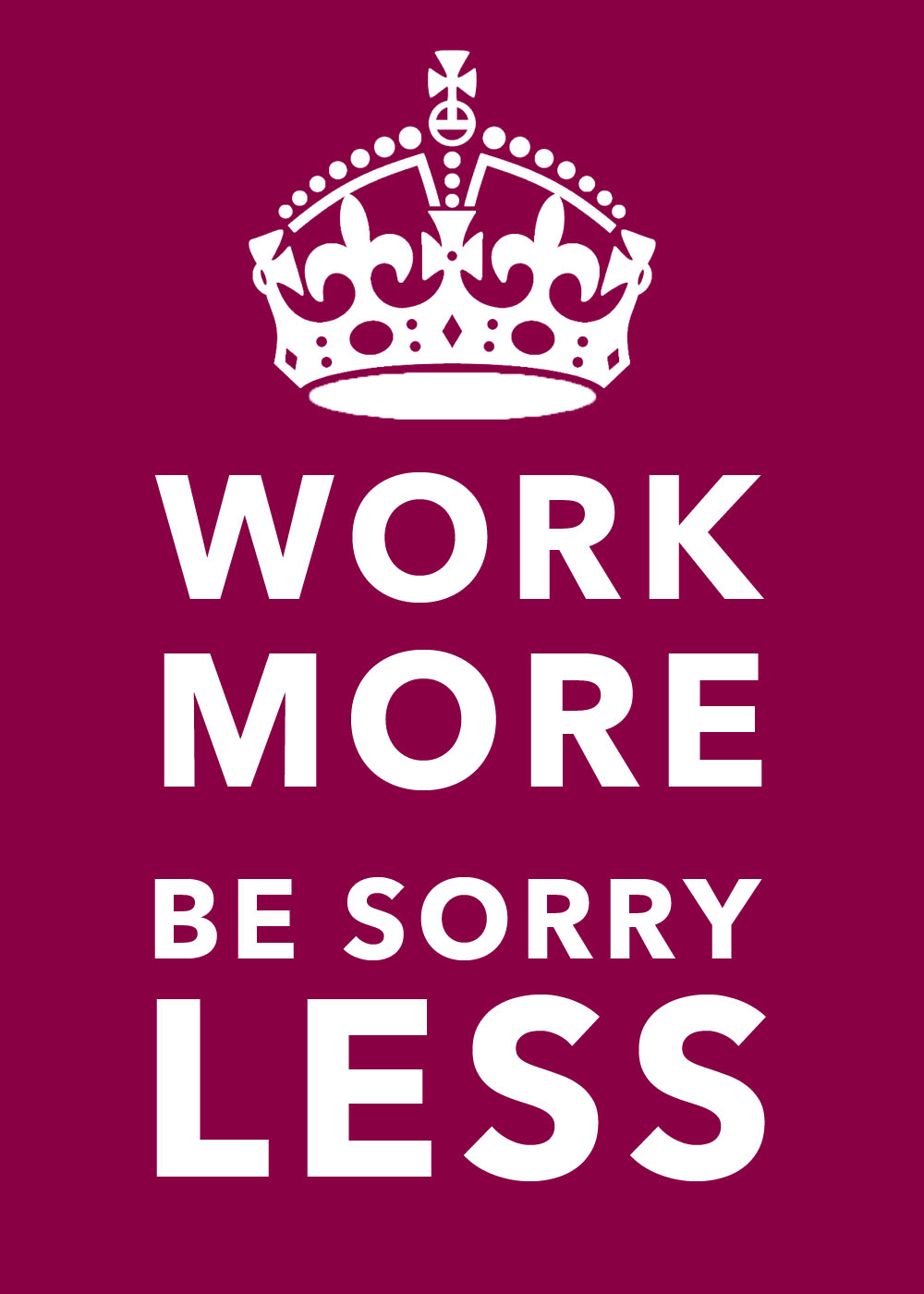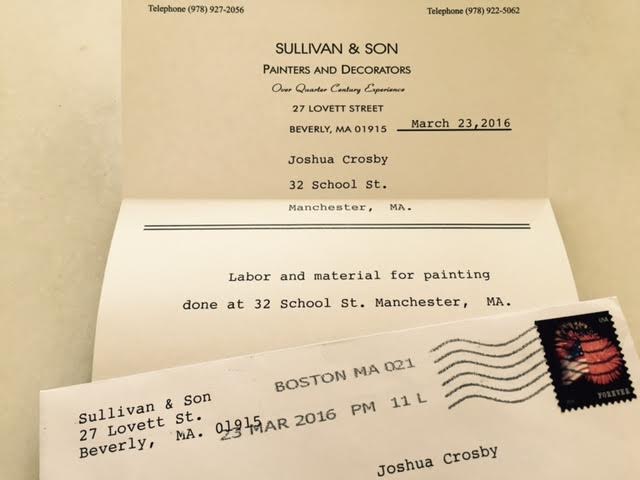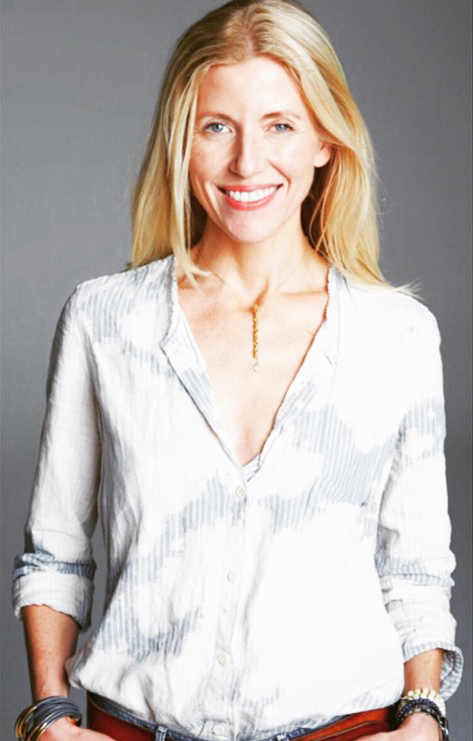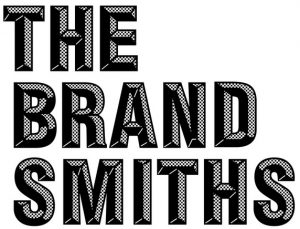Too many options.
Not enough options.
We haven’t been paid.
We can’t pay them yet.
No one showed up.
No one signed up.
No one spoke up.
They never replied.
Not enough chairs.
It’s a Chinese holiday.
They missed the deadline.
No one can find us.
The link is broken.
Does anyone care?
I care too much.
These ordinary problems are the best kind of problems. They are small crises that pale in comparison to the bigger ones life can throw. Pema Chodron has this to say:
“The ordinariness of our good fortune can be hard to catch…the key is to be fully connected with the moment, paying attention to the details of ordinary life. By taking care of ordinary things – our pots and pans, our clothing, our teeth – we rejoice in them.”
I would add making the bed to her quote. For me, this simple, daily chore reminds me that I have room in my life and a healthy physical body that allows me to do something simple and meaningful – that closes my subconscious life – to begin the conscious one. We don’t have much control over what happens when we sleep – however we can be awake, yet totally asleep.
Here’s to making the coffee! Mowing the lawn! Drop off! Pick up! Unsubscribes! Delayed prototypes! Overdue invoices! Legal bills! Bookkeeping snafus! Cash flow! Life is so good.
